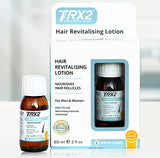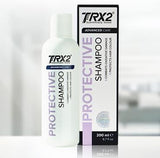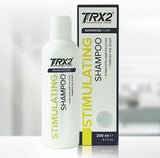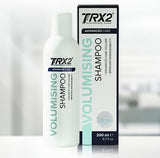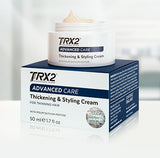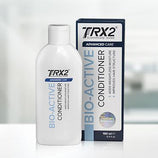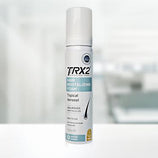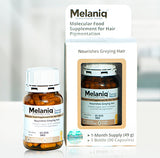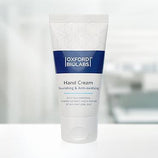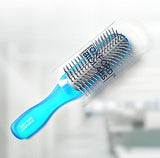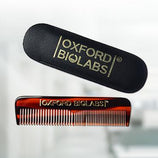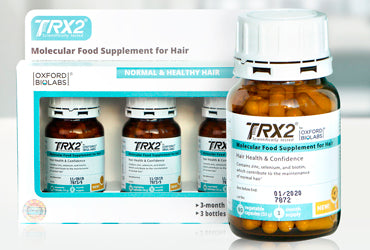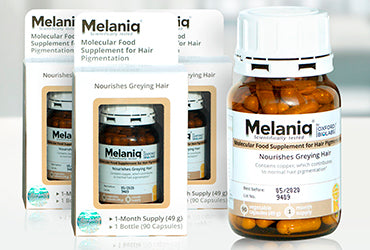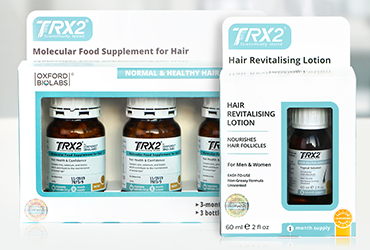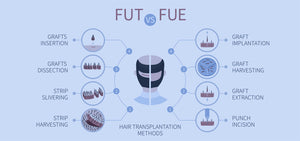Can damage after bleaching hair be prevented?
Want hair like Daenerys Targaryen? It takes a lot of effort to maintain bleached hair. Be it highlights, lowlights, bleaching, perms, or colouring, chemically and physically altering the hair’s structure can make it brittle and lifeless. But it’s not the end of the world. Hair is fragile, but if treated properly one can colour and straighten while retaining natural locks. Recovering after bleaching hair takes time, so that’s why anybody thinking of chemically treating their hair needs to read this article.
Why bleaching is dangerous
Hair loss can be easily masked or worsened by using hair care techniques and colouring. Proper hair care techniques like using volumising shampoos and conditioners can make thinning hair look full and fabulous. On the other hand, chemical treatments like permanent waving, dyeing, and bleaching can make hair loss more severe. This happens because bleaching makes hair break easily. It can also dry the scalp out and, in rare cases, causes chemical burns.
Hair loss sufferers desperately look for any solution that might relieve or hide the bald, thin spots. They resort to spray-on hair, aggressive regimens, and harsh colouring. This only makes the problem worse.
How bleaching damages hair
Not all hair types are affected in the same way. This has to do with the structure, which is more ovular as hair gets curlier. A study showed that Caucasians (White Europeans) are relatively susceptible to chemical and straightening treatments and African hair is more resistant to chemical stresses, such as those imposed by straightening and colouring.
Makes hair more porous

Severe lifting of the cuticle with cracks/holes (scanning electron microscopy study)
The hair cuticle is a tightly knit outer bark that acts as a barrier. Normally, the cuticle lets in a certain amount of water to keep the hair moisture balanced. If the outer layer is damaged, the moisture levels become imbalanced and the porosity changes.
Highly porous hair is difficult to manage because follicles are tangled as a result of the spiny cuticle. Also, porous hair doesn't hold on to water as well. The result is dry, straw-like strands that lack lustre and appear lifeless.
Makes hair prone to breakage
Perfect hair flows and separates gracefully. It retains enough moisture to feel plump, so even thinning areas appear fuller.
Because the bleaching process strips away protein (especially Keratin), hair is fundamentally weaker. Even the most effective hair care techniques may not work. It may be time to amputate and consolidate.
After bleaching, hair breakage is common. Thus happens for several reasons:
- Hair is drier
- Hair cuticles catch on each other
- Hair is stripped of oils and proteins
Can hair recover after bleaching?
Before it's time to cut it all off, follow this simple five step process :
- Condition, condition, condition. Conditioners improve combability, mimic the hair’s natural outer layer, restore the hair’s moisture balance, seal the cuticle, prevent frizz, and enhance shine, fullness, and manageability.
- Eat a balanced, varied diet. Nutritious diet rich in vitamins and minerals supports new, healthy hair growth. Foods high in proteins are recommended.
- Take a supplement. Prior, during, and after bleaching, take a hair support supplement or general multivitamin to ensure that hair has everything it requires for growth.
- Prepare for bleaching beforehand. One of the most important steps. Start using protective shampoos and conditioners before going to the hair salon. Visit a professional that specialises in hair colouring.
- De-tangle gently. Use natural brushes or wide-toothed combs. They help untangle snags and don’t break hair follicles. Hairstyles also make a difference. It’s not recommended to do tight hairstyles (may cause traction alopecia) or use elastic hair bands.
Conclusion
If done properly, hair colouring techniques like bleaching can make thin hair look fuller visually. At the other end of the spectrum, one might be unknowingly turning their hair into a dry, twig-like mass by ignoring how damaging these treatments can be. To save hair from breaking and protecting it before during and after colouring, deep conditioning is the best option. Use a quality shampoo and conditioner to repair hair damage. The result will be gorgeous coloured locks that are full-bodied and flow just like natural hair.




